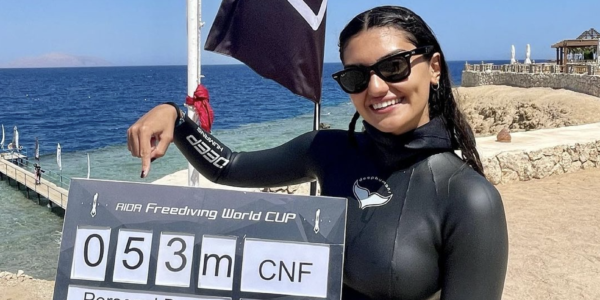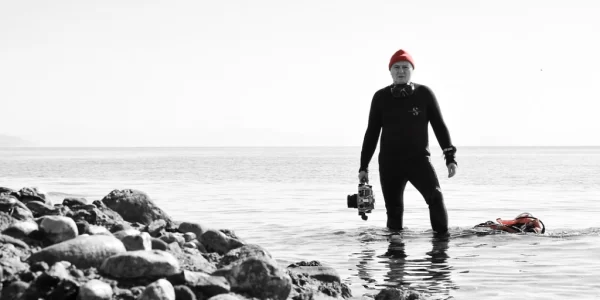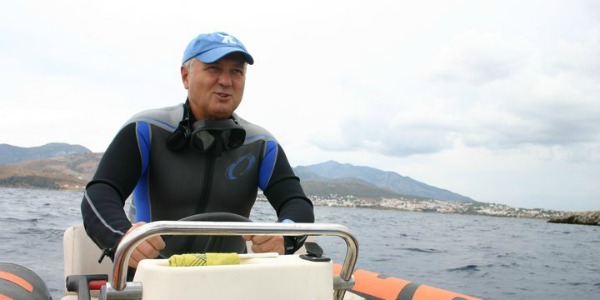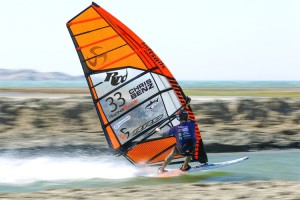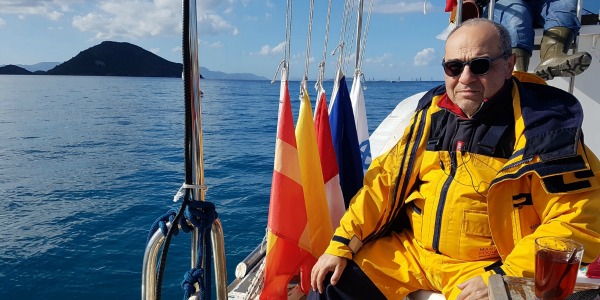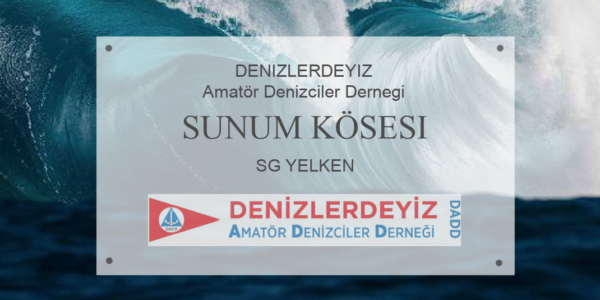It is a classic debate in the windsurfing community. What are the best sails made of? As always, there are two sides to every story. Let’s take a look at the differences between x-ply and monofilm.
We all know that x-ply is more expensive than monofilm. The industry knows it; sailors know it. Therefore, x-ply sails tend to sell less than their rivals. But we might be looking at different things.
Intermediate and advanced windsurfers are probably paying more attention to performance than beginner riders, who tend to privilege resistance and durability of materials, in an initial learning phase.
“You go faster on monofilm mainly because it’s more stretch resistant. You’d think all those threads in x-ply would control stretch, but a flat film is definitely firmer and more stretch resistant because it’s not ‘sandwiched’ like x-ply,” explain the sail designers at Loftsails.
“X-ply is also slower because it’s not as flat. The thread matrix affects the surface and, on-water testing, across many brands, is conclusive that flat film delivers added speed and release.”
X-ply and monofilm are both produced from polyester, so they’re chemically identical. Monofilm sails are made of a single layer of polyester, whereas x-ply sails have two layers of polyester with threads and adhesive in between the layers. As a result, x-ply sails are less resistant to stretch than monofilm sails.
When exposed to sunlight and UV light, x-ply sails have slightly better resistance when compared to monofilm models due to the adhesives used in lamination. So, leaving both sails out in the sun is never an option.
However, colored monofilm sails – like the ones produced by Loftsails – incorporate the adhesive and keep them pliable and resistant to UV radiation.
In conclusion, monofilm is still the best core material for windsurfers who want fast, light and flexible sails. If you found a tear in your sail, repair it as quickly as possible. Finally, learn how to fold and take care of your windsurfing sails.
Source: Surfer Today
